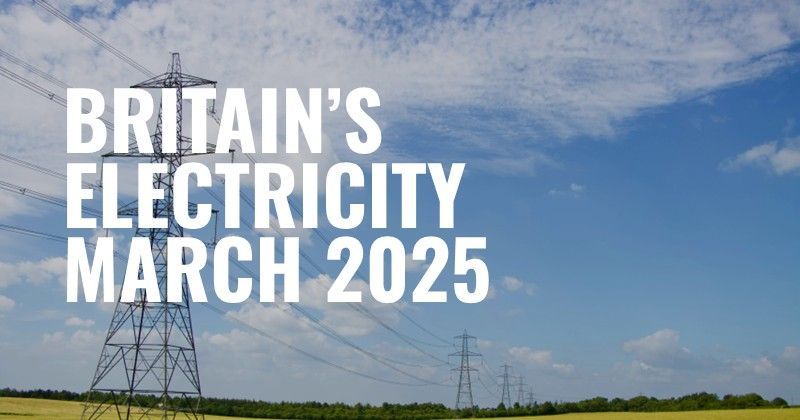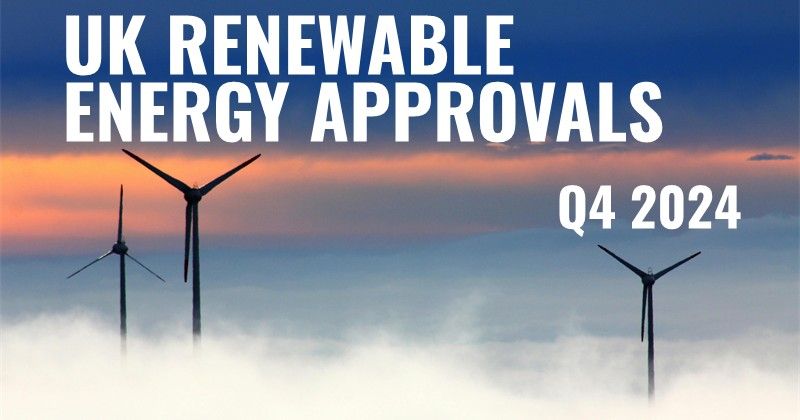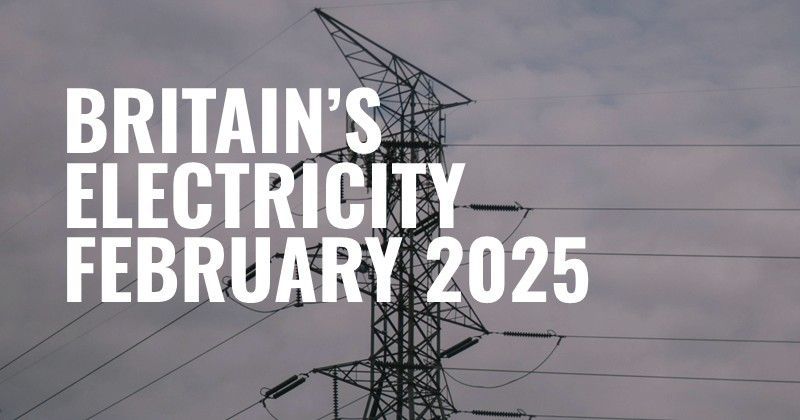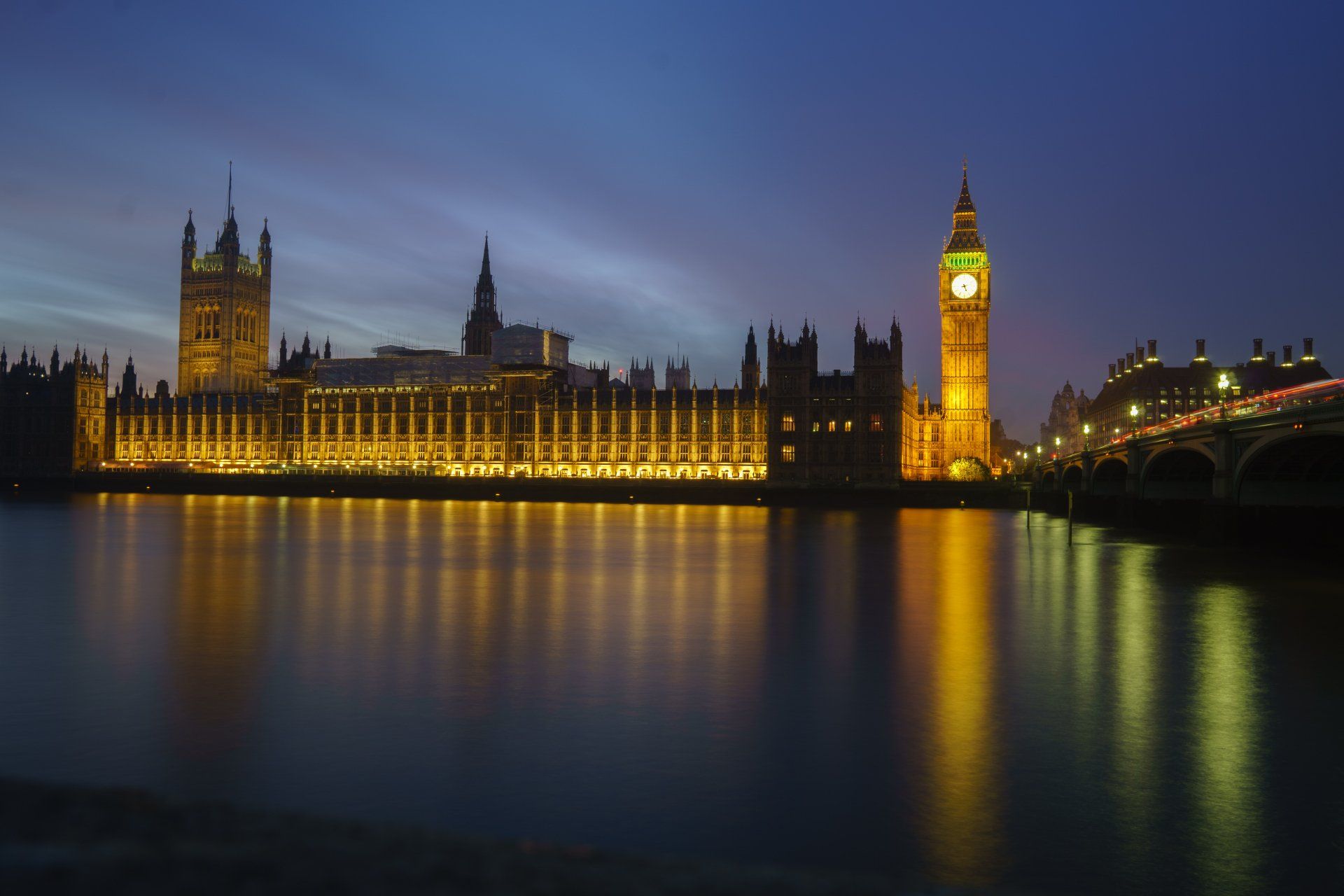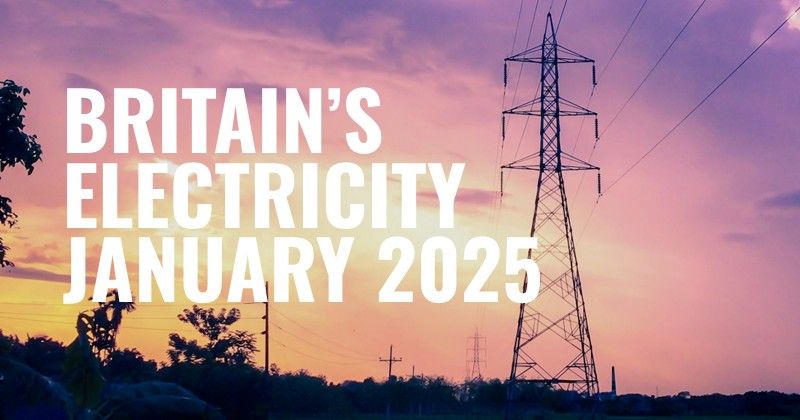Targets & Progress: A Deep-Dive into Why the Public Sector Needs Them

Author
Lucas Lefley
Copywriter
Monitoring Progress toward Net Zero
One of the key points of inspiration for the development of cero.earth, edenseven’s in-house carbon accounting platform, was a visible lack of structure or set of targets keeping the public sector sustainable and environmentally conscious.
Although the Climate Change Act of 2008, which provided a legislative framework to reduce the UK’s greenhouse gas emissions by 80% in 2050, represents an admirable point of long-term planning, the public sector suffers from a noticeable absence of incentive to complete short-term targets, making any tangible progress towards this date difficult to achieve.
In any business, the presence of clear and informed goals is indispensable to accelerating progress, by not only providing incentive but allowing for consistent and inarguable accountability for those falling behind—and the business of sustainability should be no different.
This article will demonstrate how cero.earth can help the public sector, particularly central government and local authorities, to refine their targets by allowing for regular monitoring, reporting, and tracking of their invaluable progress in order to achieve net zero—in short, providing a cleaner structure to a cleaner earth.
[Note: numbers in brackets refer to paragraph numbers in a report]
The Gap in Progress between Local Authorities
| 2050 | 2023-2027 | 22 |
|---|---|---|
| government has given a statutory commitment to net-zero greenhouse emissions | period in which the UK’s emissions are projected to exceed government’s targets without further action | dedicated grant schemes for net zero work that local authorities could apply for in 2020-21 |
Although the public sector has taken tangible steps towards progress, it is still failing to reach achievable goals.
In 2021, the National Audit Office (NAO) reported that 91% of local authorities (out of a sample of 232) have adopted at least one decarbonisation commitment that aligns with the UK Government’s overarching net zero target (1.8). Given the three main areas of sustainability that the NAO list as being largely influenced by the public sector—transport, housing, and waste (1.12)—this represents a substantial and applaudable effort. However, the situation behind this statistic is still slightly less cohesive than it could be.
The report continues that some local authorities have declared an all-out climate emergency since 2018 (1.8) and implemented strict decarbonisation regimes as a result, such as 38% of single and upper tier authorities committing to net zero by 2030 (Fig. 2 - reproduced below)
| A commitment to work towards carbon neutral or net zero emissions in the local authority area | 73% of single and upper tier authorities |
|---|---|
| Of which | |
| By or before 2030 | 38% |
| Between 2031 and 2050 | 33% |
| No date set | 3% |
| A commitment to work towards carbon neutral or net zero emissions from their own activities | 75% of local authorities in our sample (base 232) |
| At least one commitment to work towards carbon neutral or net zero emissions with any scope | 91% of local authorities in our sample (base 232) |
The Role of Central Government to Define Targets
The blame is not to be placed squarely on local authorities. As the NAO’s report explains, their situation is inherited from a similar lack of direction in central government: ‘Central government has not yet developed with local authorities any overall expectations about their roles in achieving the national net zero target’—asserts the first of their Key Findings.
The key word here, however, is ‘yet’. Though it is true that their reporting could benefit from some refinement, with the House of Commons Committee of Public Accounts report 2022-23 currently describing it as ‘fragmented and ineffective’ (3), the results that can be gauged represent a heartfelt effort to achieve some progress toward sustainability.
Take, for example, their ‘Greening Government Commitments’, a set of short-term goals designed to break up and make manageable the journey to net zero.
These targets cover a range of areas, in brief:
- 25% of the government car fleet to be ultra-low emission vehicles (ULEV) by the end of 2022, and 100% to be fully zero emissions at the end of 2027.
- Reduce the emissions of domestic business flights by 30% by 2025.
- Reduce the overall amount of waste generated by 15% by 2025.
- Reduce water consumption by at least 8% by 2025.
- And, most importantly, to reduce greenhouse gas emissions from public sector buildings by 50% by 2032, and 75% by 2037.
These are all—especially the latter—ambitious but achievable targets, but what has central government actually achieved so far? And, more to the point, how can we find out?
The Current State of Progress
To put it briefly, though none of these targets have reached completion, they have each received some level of progress throughout the various government sectors, indicating an impressive—if not slightly stunted—start to the race to net zero.
These are some of the successes:
- Although both the Ministry of Defence (MOD) and the Department for Business, Energy & Industrial Strategy struggled to convert 25% of their respective fleets to ULEV by last year, the Department for Transport did.
- Despite the cabinet office increasing their domestic business flights by 18%, every other sector is already well over target, with the Ministry of Justice (MOJ) reducing flights by 93%.
- Although there is a drastic disparity in the reduction of waste achieved thus far, the BEIS has reduced theirs by over triple the target, and the cabinet office has reduced theirs by 6x the target.
- Even though a similar disparity in water usage persists, most government sectors are well over their reduction target, with cabinet office reducing theirs by over 5x.
While greenhouse gas reductions are unanimously under-target across the board, there is at least some progress which central government has just under a decade to accelerate.
What risks inhibiting this acceleration, along with the complete fruition of these targets, however, is central government’s lack of clear reporting or accountability. As the Committee of Public Accounts reports: although the BEIS produces an annual estimate of the government’s progress titled the ‘Greenhouse Gas Inventory’, their data is unfortunately not detailed enough to identify which areas of the public sector are ‘making slower progress in reducing emissions’ (9), or to demonstrate whether the public sector in general is ‘reducing emissions quickly enough to meet its longer-term targets’ (9). Similarly, to local authorities, this hides the progress that central government has already made, and obscures what they have left to achieve.
Our Key Takeaway for the Public Sector
Even though the public sector has made substantial progress toward a more sustainable future, it is clear that they still suffer from a lack of cohesive structure or direction, meaning that they are not quite progressing to their full potential.
The government’s GGCs represent a strong step in the right direction, but momentum has been lost in a veil of scattered reporting and unclear accountability. Furthermore, this lack of clarity is being projected onto local authorities, who consequently ‘find it hard to engage with central government on net zero’ (12).
If there is one take away to be drawn from these quotes and statistics it is that targets, goals, and reductions, while valuable, can only do so much if this value is being rendered invisible by an unrefined approach to monitoring and reporting.
The progress being made by central government and local authorities should not be put on hold. But it would be worth investing some time into cleaning up such methods in order to uphold this momentum to a sustainable future.
Our sustainability and EV expert Simon King gives this view:

“There are some excellent examples of climate leadership in the public sector, but overall the lack of consistent targets and clear standards for measurement and reporting of emissions is holding back progress. Both the National Audit Office in 2021 and the Public Accounts Committee in 2022 have highlighted this problem. A carbon management system which provides clear data, insight, and crucially action would address this major gap allowing cost and carbon savings to be delivered.”
How cero.earth, our Carbon Accounting Platform, can Help the Public Sector
Public sector organisations can benefit greatly from cero.earth's comprehensive, data-driven and intuitive approach to monitoring and tracking progress towards sustainability targets.
With cero.earth's detailed insights and actionable recommendations, public bodies can produce reliable reports on their progress and take decisive action to reach their goals on schedule.
Find out more about cero.earth.
If you are a public organisation and want to know more about cero.earth, get in touch for a
free thirty-minute consultation.
